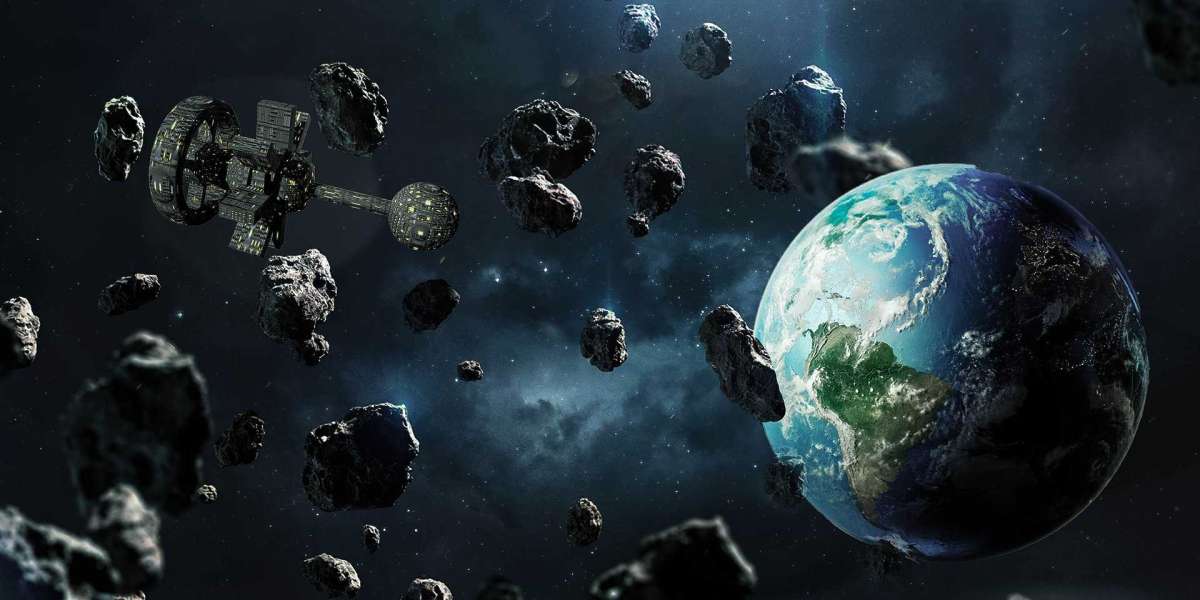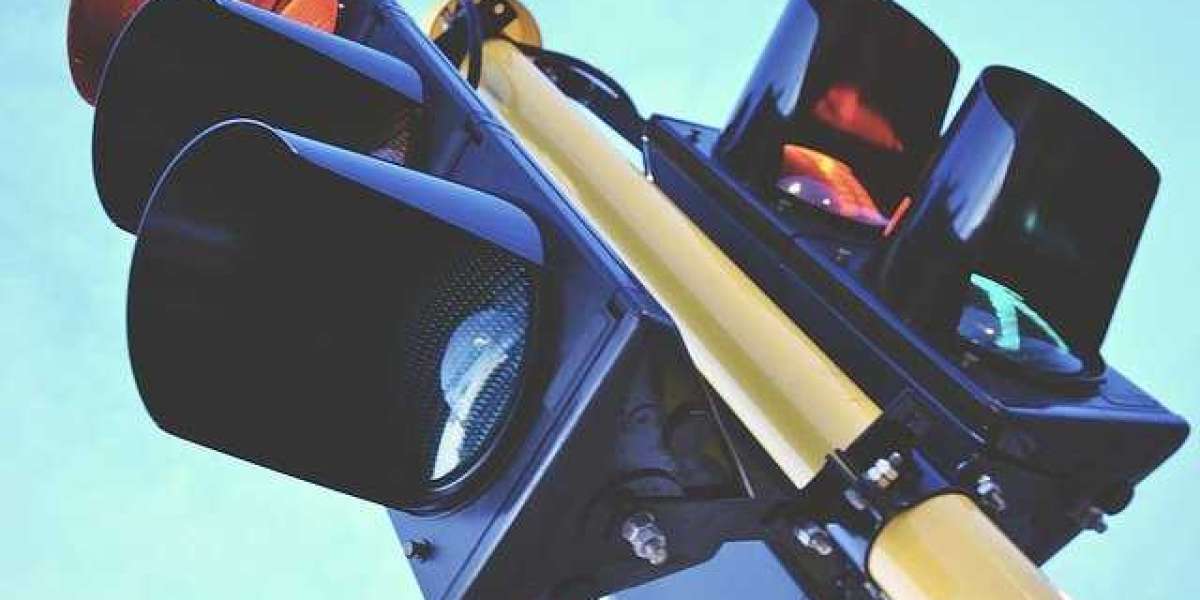A novel strategy for deflecting asteroids at the last minute has been devised: pulverizing them into smaller pieces.
According to NASA's Advanced and Innovative Concepts Program, an idea to cope with the issue of a newly found body that threatens the Earth has just been authorized for consideration.
Over the course of a few tense days in January, the newly discovered asteroid 2022 AE1, which is 70 meters long, almost overnight became the most dangerous asteroid detected in the last decade: preliminary analyses suggested that an impact with Earth may occur on July 4, 2023. A year and a half was insufficient time to implement any approach intended to divert the orbit of potentially hazardous asteroids or comets. Despite the fact that the entire plot appears to be a script that combines different blockbuster science fiction films, this chapter is based on actual events. Even as recently as a few months ago, the European Space Agency (ESA) -in the role of protagonist- discovered this space body; calculations revealed that, in fact, a collision would take place.
However, after conducting a thorough analysis of the data, the ESA found that the asteroid will pass 'near' but securely at a distance of approximately 10 million kilometers, more than 20 times the distance between the Earth and the Moon.
Despite the fact that this story had a joyful conclusion, the possibility of a similar scenario occuring in the future exists. After years of debating, the major space agencies finally agreed to take planetary defense seriously: it is not for nothing that there are billions of objects in space that have the potential to cause damage ranging from the decommissioning of satellites to the extinction of all life on Earth, as demonstrated by the meteorite that killed the dinosaurs 66 million years ago. There are a variety of plans to cope with a potential occurrence of this nature: from kinetic impactors (the DART mission of NASA is already en route to test this technology) to nuclear bombs. In addition, the NASA Advanced and Innovative Concepts (NIAC) Program has recently included a new concept: blasting the space body that threatens us into thousands of fragments, which has just been added to the list.
A plan for when things get really bad.
To do this, the team lead by Professor Philip Lubin at the University of California Santa Barbara designed a scheme that involves installing a series of bars in the path taken by the comet or asteroid in order for it to penetrate the object when it hits it head-on at high speed. As soon as they were inserted, they would detonate, causing the body to be ripped apart into smaller parts. For objects 50 meters in diameter, the technique, dubbed PI-Terminal Defense for Humanity (PI is an abbreviation for 'Pulverize It' or 'pulverize it'), could be applied 5 hours before the impact, for objects 1 kilometer in diameter, it could be applied 60 days before the impact, and it could be applied at any time.
As a result, unlike the rest of the ideas, which seek to redirect the asteroid's trajectory and which take at least many years of programming and research, as well as a significant amount of distance, PI would reduce the response time to hours and kilometers. However, there are several limitations to this technique: the time required to destroy an object would increase in proportion to its size, and the minimum distance at which this technique could be used would likewise increase. This is one of the variables that makes the plan more controlled at shorter distances, because we would be dealing with smaller items, which would split into smaller parts in those situations, as opposed to longer distances. Its inventors published their concept on the preprint site'ArXiv '.
"This is a method that, according to the author, could be used in situations where there would not be enough time to react with the technologies that have been considered and are currently being tested to protect us from the impact of large objects," explains José Mara Madiedo, an astrophysicist at the Institute of Astrophysics of Andalusia (IAA-CSIC) to ABC. "This is a method that, according to the author, could be used in situations where there would not be enough time The NIAC processes must be followed, and this unique technology must be assessed and submitted to more studies in order to determine whether it is ultimately practical or not." As a result, it is not something that can be implemented in the near or medium term.
IP has a number of disadvantages.
Because, while this proposal is intriguing, it still contains several flaws that would present a big difficulty in today's world. According to the author, it would be necessary to develop a material with which to construct said bars, which would collide with the asteroid or comet under high-velocity conditions, in order to avoid a collision (more than 40,000 kilometers per hour). "Based on our current knowledge of hypervelocity collisions, materials are instantly pulverized or vaporized at the point of impact, and they are unable to penetrate sufficiently into the body with which they collide." As Madiedo points out, "this implies a tremendous obstacle that this technique would have to overcome."
Furthermore, the concept itself would be hazardous. Detonating a corpse and disintegrating it into thousands of little, uncontrollable fragments could still be dangerous. As an illustration, consider the meteorite that struck the city of Chelyabinsk. It was 17 meters in length and had an energy equivalent to thirty atomic bombs, such as the one dropped on Hiroshima, causing widespread devastation to thousands of structures. In practice, we had no control over the trajectory that each fragment would take, according to the IAA-CSIC astrophysicist. Some might alter their course just enough to avoid colliding with the planet. The course of others would remain virtually unchanged, and they would eventually wind up entering the Earth's atmosphere. According to the author of the work, these particles would be small enough (10 meters in diameter at the most) such that they would be disintegrated by the atmosphere before they reached the ground. Although this method has certain advantages, it also has some disadvantages. For example, it is hard to predict exactly how an object would shatter because neither the inside of the thing nor its resistance to breaking are known.
And, despite all, this strategy would be ineffective for asteroids or comets with diameters more than one kilometer in diameter. As a result, for the time being, this method would be ineffective in averting the threat of a meteorite of the same size as the one that killed the dinosaurs, which had a diameter ten times greater than the dinosaurs'.



